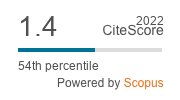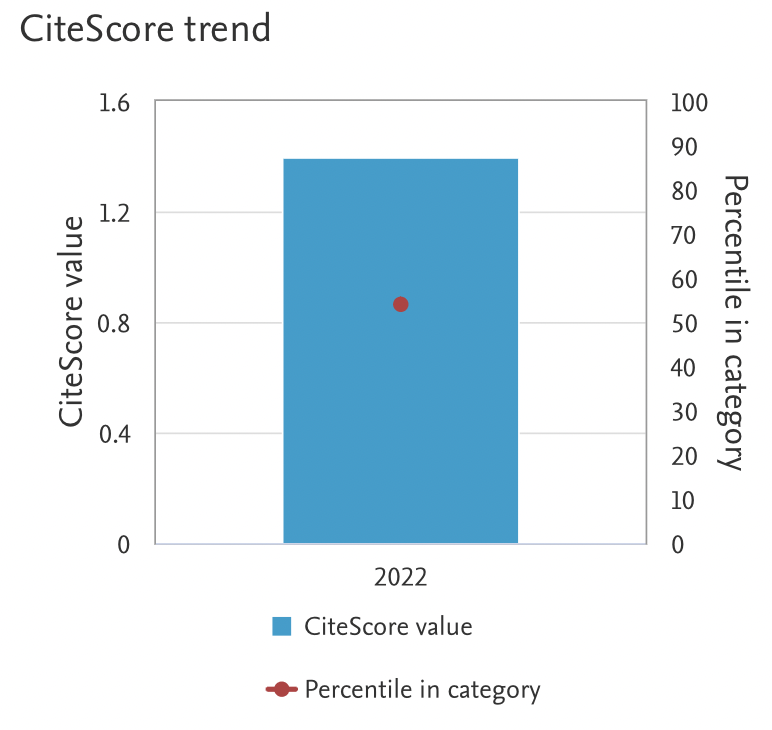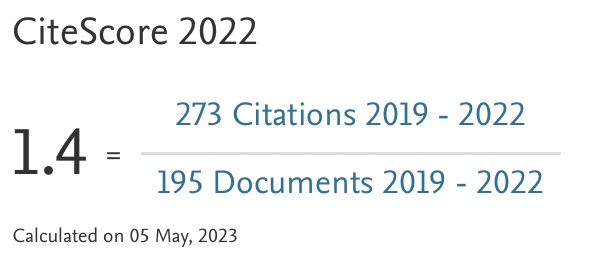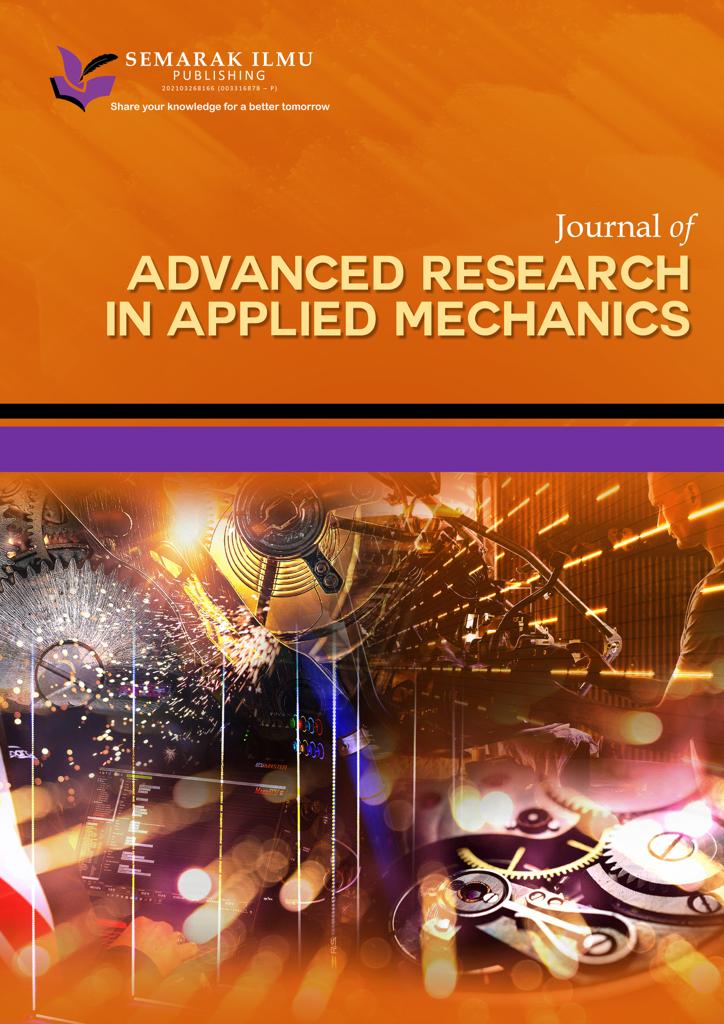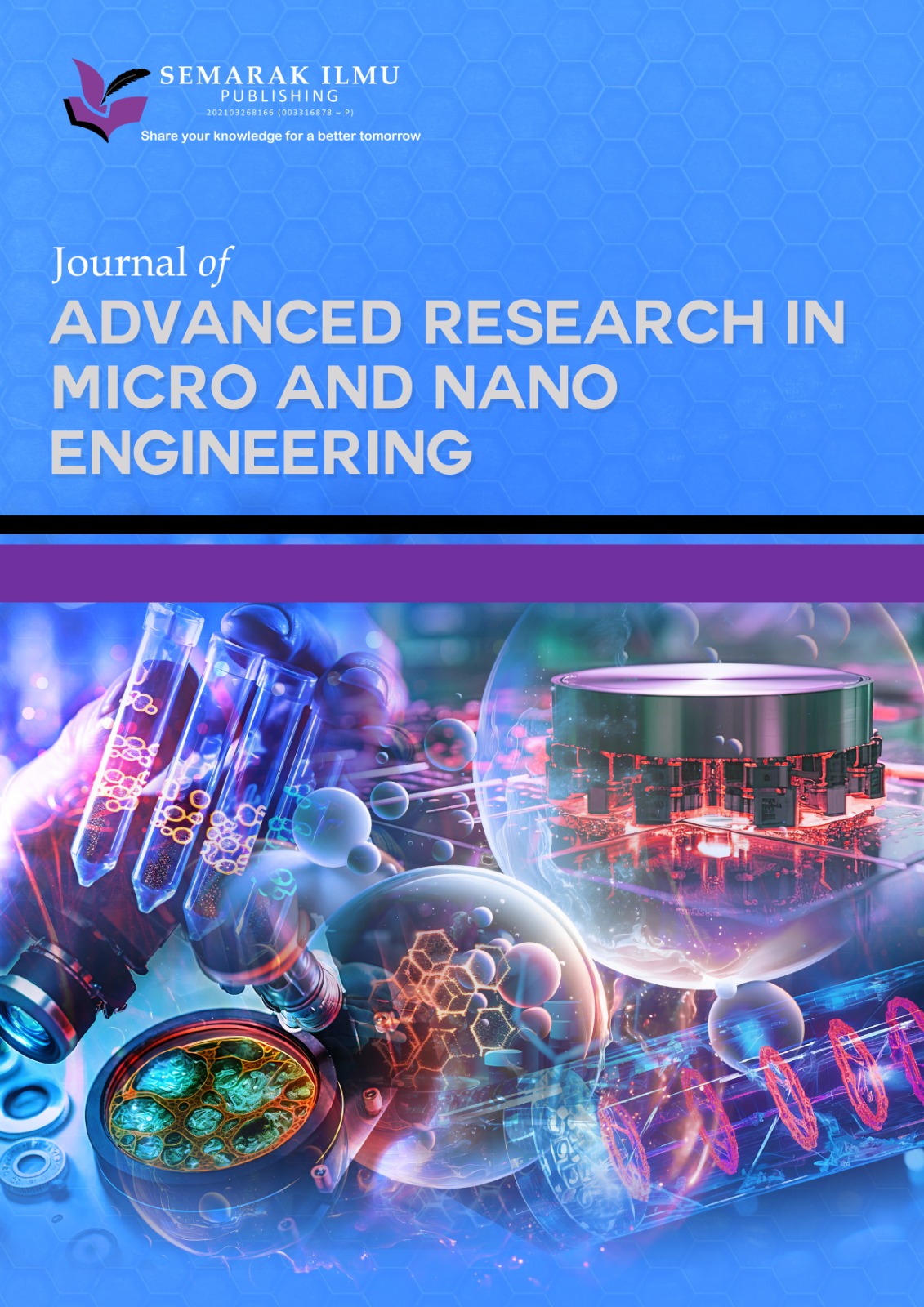In Silico Investigation and Correlation of Hydrophobic Stretches in Spike Proteins of SARS-CoV-2, SARS-CoV and MERS-CoV
DOI:
https://doi.org/10.37934/araset.49.1.1125Keywords:
Consecutive hydrophobic, MERS-CoV, SARS-CoV, SARS-CoV-2, Spike protein, Secondary structureAbstract
Hydrophobic force is a key factor for the three-dimensional structure and stability that a protein will adopt. It is important to understand how hydrophobic interactions affect the protein folding process for a protein to become functional. In SARS-CoV-2, SARS-CoV, and MERS-CoV, spike protein serves as both the primary structural protein and a multifunctional protein. The authors aim to investigate the secondary structure of spike protein sequences of three primary coronaviruses corresponding to the stretches of consecutive hydrophobic amino acid residues by developing and implementing computer programs. Besides the primary sequences, similar investigations were carried out for other aligned sequences from different coronaviruses and source organisms. Understanding the potential impacts of hydrophobic amino acid residues in spike protein would be helpful to gain insight into its stability and thus, aid in the study of viral pathogenicity as well as their implications effects on immunogenicity and treatment.
Downloads









